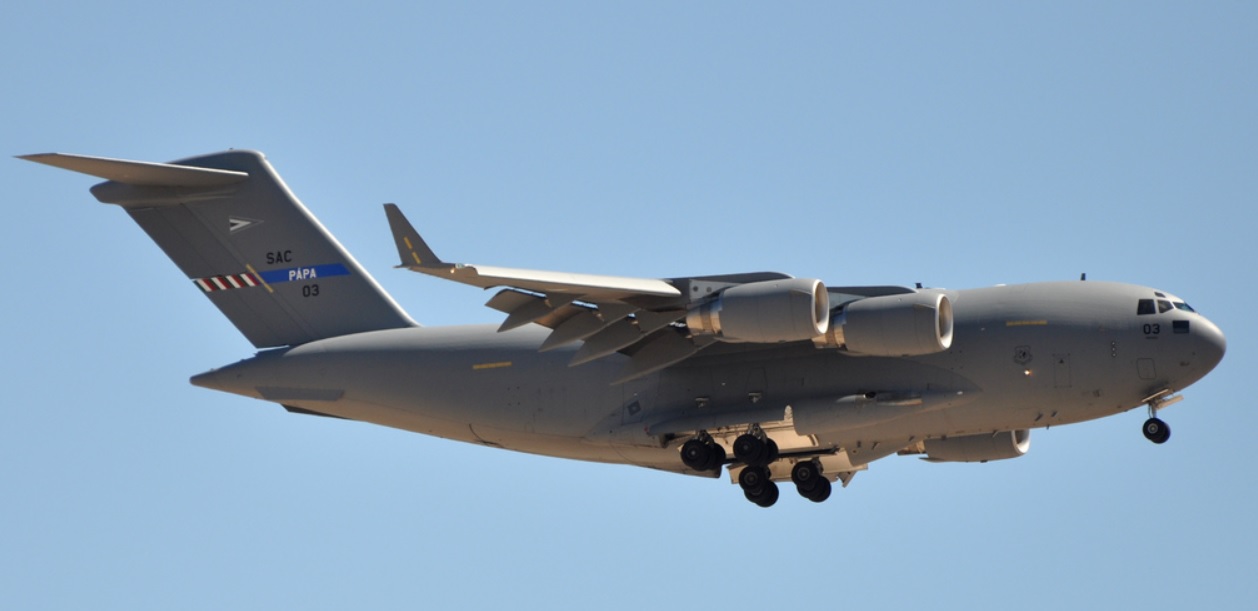Illustration avec les 2 logos sur la dérive: SAC et Papa du nom de la base aérienne hongroise où sont situés le SAC et les 3 C 17.


 Re: Boeing C17
Re: Boeing C17
 Re: Boeing C17
Re: Boeing C17 Re: Boeing C17
Re: Boeing C17
 Re: Boeing C17
Re: Boeing C17Beochien a écrit:De wikip ...
Peut être neufs en .... 2009 ?
…/…
 Re: Boeing C17
Re: Boeing C17Under an agreement with the U.S. Department of Defense and NAMA, 2 C-17s would be purchased from Boeing, while a third would be provided by the USAF. The aircraft would be assigned to SAC's Heavy Airlift Wing and jointly operated by the nations from Pápa Air Base, Hungary. Each participating nation would pay for a portion of a C-17, giving each country a share in a pooled fleet. The 12 nations participating in the SAC Program are Bulgaria, Estonia, Finland, Hungary, Lithuania, the Netherlands, Norway, Poland, Romania, Slovenia, Sweden and the United States